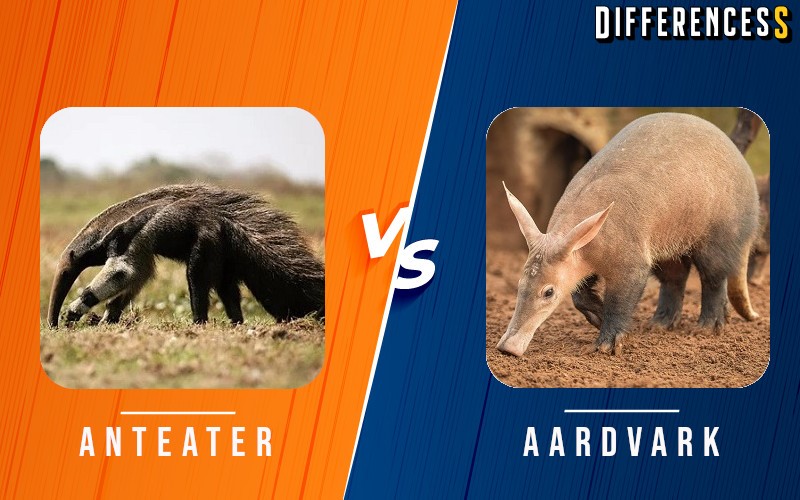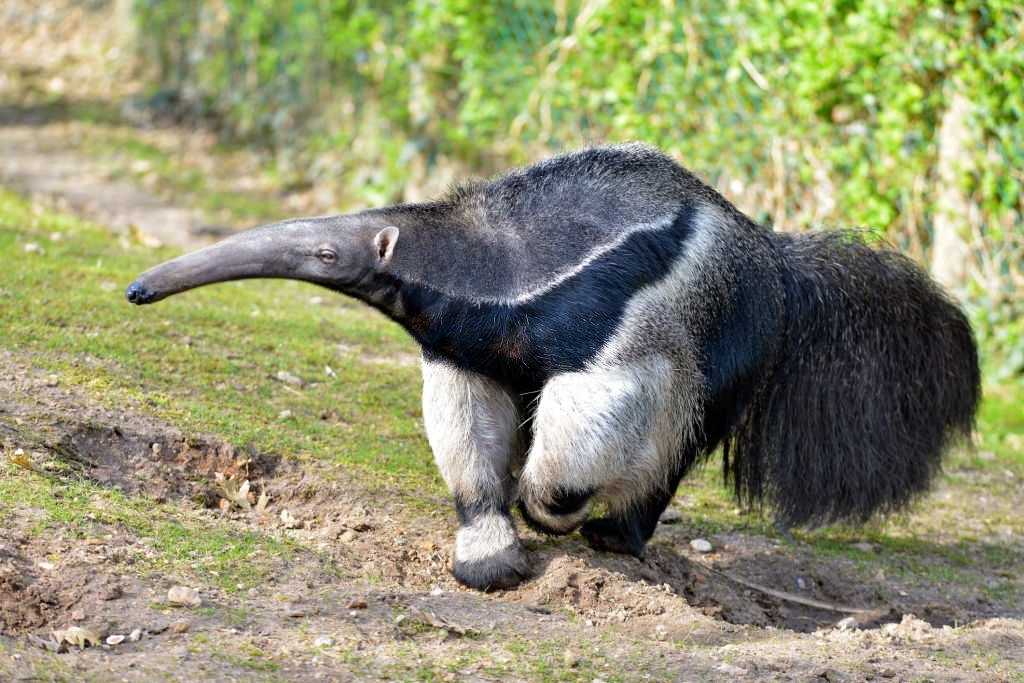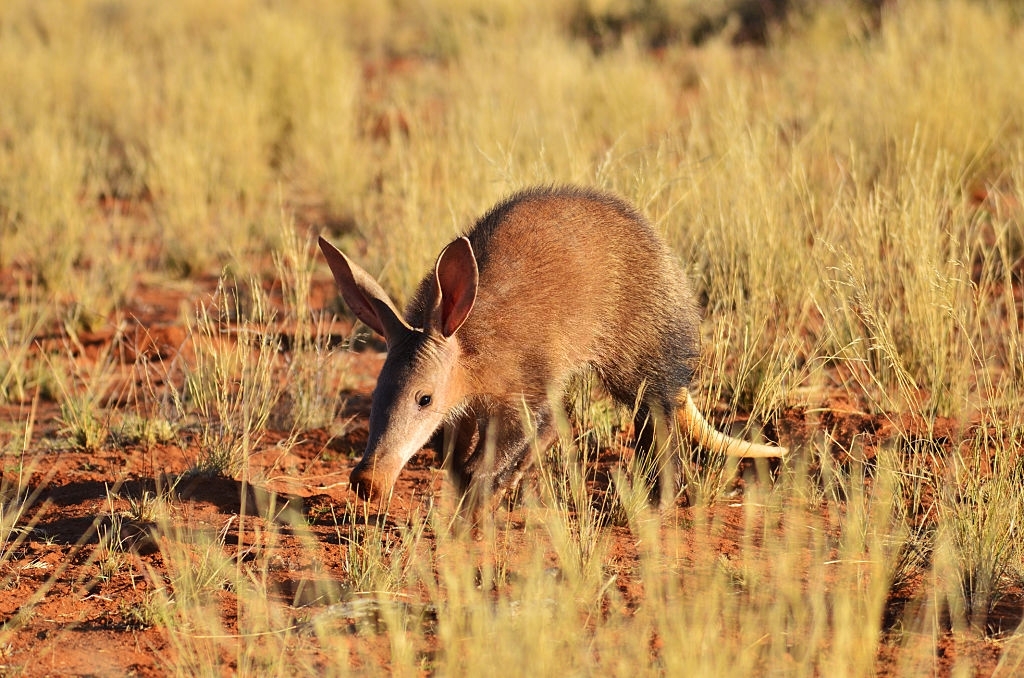
Post Contents
- Overview : Aardvark vs Anteater
- Physical Traits:
- How do Anteaters look like?
- How do Aardvark look like?
- Family:
- Habitat:
- Hunting habits:
- Diets:
- Fun Facts for kids:
- Comparison Chart Aardvark vs Anteater
- Aardvark and Anteater’s Battle Who will win?
- Aardvark Species
- Anteater Species
Overview : Aardvark vs Anteater
Nature is brimmed with wonders, when it comes to wildlife it has created vivid variety of species. But some species look so much similar that it becomes really difficult to differentiate them. Aardvarks and Anteaters are also two such species that might look similar when looked upon, however, both of them are mammals but are very different from each other. They live in different areas, habitats and region; but when they come face to face who would lose??
To determine the winner we’ll closely look into the characteristics of aardvark and anteater. Let’s know about them.
Physical Traits:
How do Anteaters look like?
Anteaters are cousins of bear also known as ‘anthill bear’. Like bears, they have big sharp claws and have bushy fur. They are mainly grey colored and have poor eyesight.

How do Aardvark look like?
Aardvarks have long, thin tongue and have strong sniffing sense. Aardvarks are the only living Tubulidentata species, they are a distant relative of pigs having long ears and tail with a thick base which is narrow at the end.

Family:
Aardvark and Anteater both are mammals and ant eating animals but they belong to different categories. Anteaters belong to Vermilingua whereas aardvark is the members of the Orycteropodidae family.
Habitat:
Anteaters live above the ground and mostly prefer to live in moist environmental conditions; they live beside river banks, swamps and humid forests.
They are solitary animals and live in quiet spots such as dense bushy areas.
Aardvarks are burrowing animals having good digging skills and live underground.
Hunting habits:
Anteaters are diurnal animals i.e. they hunt during the day and sleep at night.
Aardvarks are nocturnal; they are active during the night and sleep during the days.
Whenever the night temperature goes down they seldom come out during the day to feel some sun warmth.
Diets:
Do Anteaters only eat ants?
Anteaters diet mostly comprise of ants and termites with their sharp sniffing skills they can detect ants and termites; they use their sharp claws to rip their nest apart.
What do Aardvark eat?
Aardvarks also feed on ants and termites, so both are termite eating animals,they only eat one fruit which is aardvark cucumber.
Both anteater and aardvark are insectivores, ant eating mammals.
Fun Facts for kids:
- Anteaters are divided into 3 categories namely giant anteater, silky and Tamandua.
- The Giant anteater’s size can reach up to 1.2 meters (4 feet) with a tail of about 60 centimetres in length.
- A fully grown aardvark can reach a maximum length of up to 5-6 feet with a tail length of about 2 feet.
- Anteaters have long bushy fur like bears whereas aardvarks have a short coat of hairs as they live in Africa which is mostly hot and warm in comparison to anteater’s habitat that is south and central Africa.
Comparison Chart Aardvark vs Anteater
| Comparison Heads | Aardvark | Anteater |
|---|---|---|
| Kingdom | Animalia | Animalia |
| Superorder | Afrotheria | Xenartha |
| Order | Tibulidentata | Pilosa |
| Family | Orcyteropodidae | Cyclopedidae, Mrymecophagidae |
| Genus | Orcyteropus | Cyclopes |
| Mainly found in | Africa | South and Central America |
| Habitat | Underground | Live above the ground |
| Nature | Nocturnal Animals | Diurnal |
| Average Body Length | 1-1.3 meter | 1-1.1 meter |
| Average Weight | 40-65 kg | 33-41 kg |
| Max Tail Length | 2 feet | 2 feet |
| Shape of Teeth | Cylindrical | Toothless |
| Coat | Furry | Short haired coat |
| Paws | Enormous, Knife like sharp claws | Strong shovel shaped with 2 inch thick toenails |
| Life Span | 25 years | 25 years |
Aardvark and Anteater’s Battle Who will win?
As we closely compared both the species and endeavored to finely pick up their best skills; it has become very complex to choose the winner as each of them has their forte.
As per the above discussion, when it comes to the duel between Anteater and Aardvark; Anteater would win.
With bear-like sharp claws which can tear apart skin easily and a bushy fur to protect itself from any major wear and tear or injury inflicted by aardvark, it can beat aardvark.
However, the aardvark could be the challenging animal to fight for anteater, as it is heavier, stronger and bigger than anteater.
Nonetheless, anteater has sharp claws to knock-down aardvark on any given day. Hence, Anteater is the winner of this duel.
Aardvark Species
There are about 17 subspecies of aardvark; however, they are closely associated with each other and very less is known about them.
Anteater Species
Anteater belonging to the suborder Vermilingua and has only 4 species; they are discussed below.
Giant Eater
- Scientific Name:Myrmecophaga Tridactyla
- Geographical Distribution: Giant Anteaters are native to Central and South America.
- Habitat: They live in different habitats such as grasslands, forests and swamp.
- Physical Traits: Giant Anteaters are the largest of all anteater species; they have a body length of about 1-1.2 metres and tail length ranging between 0.650-.900 metres, weighing around 18-39 kg. Giant Anteaters have thick and coarse fur which is long towards the tail. They have a brown coat with black and white stripes on shoulders; forelegs are white having black bands at toes. They can extend their tongue up to .610 metres.
Silky Anteater
- Scientific Name:Cyclopes Didactylus
- Geographical Distribution: Silky Anteaters are native to the forests of Mexico, Brazil and Bolivia.
- Habitat: They are mainly found in a variety of forests such as mangrove forests, tropical forests and semi-deciduous forests.
- Physical Traits: Silky Anteaters are the smallest anteater species; they have average body length ranging between 0.036-0.45 metres (14-18 inches) and weight around 175-400 gm. Due to their small size, they are prone to become prey, to protect themselves from predators they mostly live on the Ceiba tree. Ceiba tree has large silky silverish seed pods which help silky anteaters to camouflage; they rarely spend their time on land.
Northern Tamandua
- Scientific Name:Tamandua Mexicana
- Geographical Distribution: Northern Tamandua is mainly found in the South American continent.
- Habitat: They live in subtropical and tropical forests.
- Physical Traits: Northern Tamanduas are also known as “vested anteaters” due to the presence of black coloured “V” shaped band which goes down to their backs. An adult northern tamandua is about 470-770 mm (18-30 inches) having a tail length of 402-672 mm (15-26 inches) and weight around 3-5 kg. Their fur is short, dense and bristly which is pale yellow.
Southern Tamandua
- Scientific Name:Tamanda Tetradactyla
- Geographical Distribution: Like their close cousins Northern Tamandua, Southern Tamanduas are also native to South America.
- Habitat: They live in a variety of habitats such as grasslands, savannah, thorn scrub and rainforests.
- Physical Traits: An adult Southern Tamandua is about 0.535-.880 metres (21-34 inches) having a tail length of about 0.400-0.590 mm (15-23 inches). The fur of an adult Southern Tamandua is tan to golden in colour with lighter markings on the chest, shoulder and back.
Comparison Video: Aardvark vs Anteater
FAQ’S: Frequently Asked Questions
-
Do Aardvark eat ants?
Yes, They dig into termite and ant mounds and lick them up with their long tongues. To supplement their diet they sometimes feed on insects like the pupae of beetles.
-
Can you keep an Aardvark as pet?
Yes, With an exotic animal license or permit from the legal authorities you can tame aardvark as pets.
-
What are the 4 types of Anteaters?
Giant anteater
Silky anteater
Northern Tamandua
Southern Tamandua -
Why does Aardvark have 2 A’s?
Aardwolf and Aardvark are two exceptions, their A’s originated from early Afrikaans in which aarde means “Earth”.
-
What is a male and female Aardvark called?
Male aardvark is called boar, Female aardvark is called sow and babies aardvark are called calves.
-
Are aardvarks blind?
Yes, Aardvarks are color blind and have poor eyesight, but have acute smelling and hearing abilities.
-
Can you keep Anteater as a pet?
The southern & northern tamandua and silky anteater are the most common pets they can be kept in states by taking exotic animal license.
-
do anteaters eat fire ants?
Anteaters, that are not native to USA, can eat fire ants in areas where both species occur.
